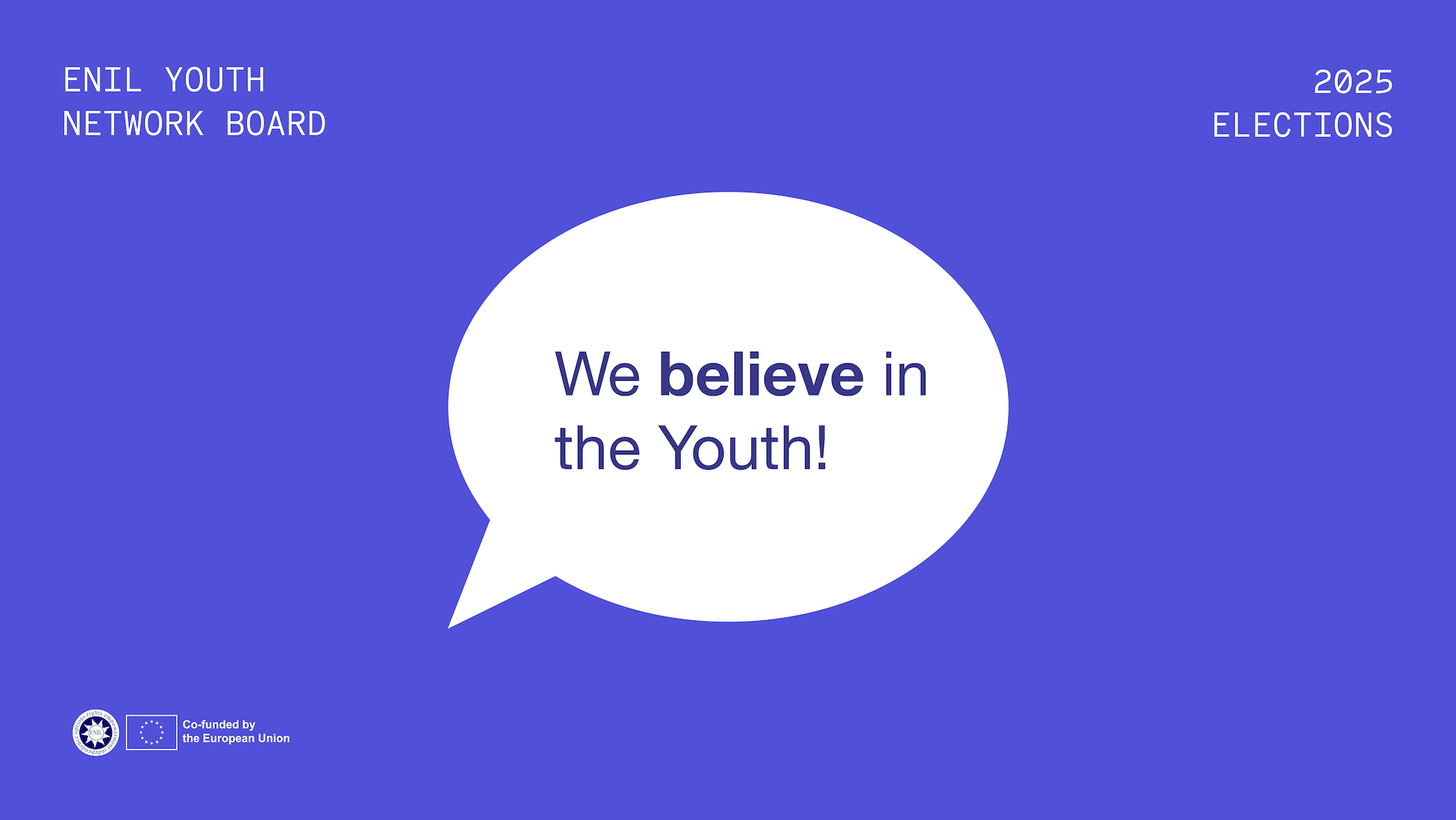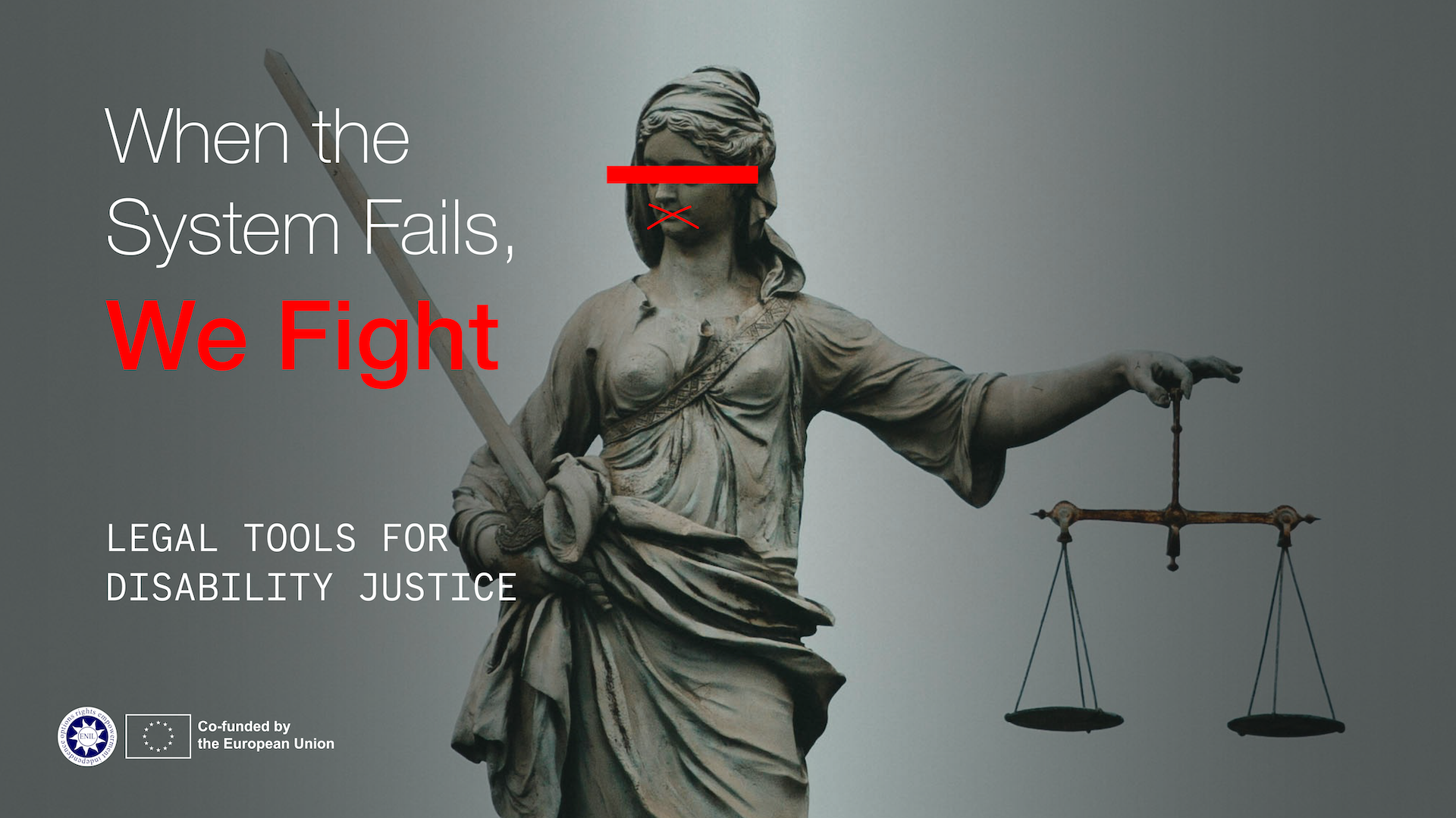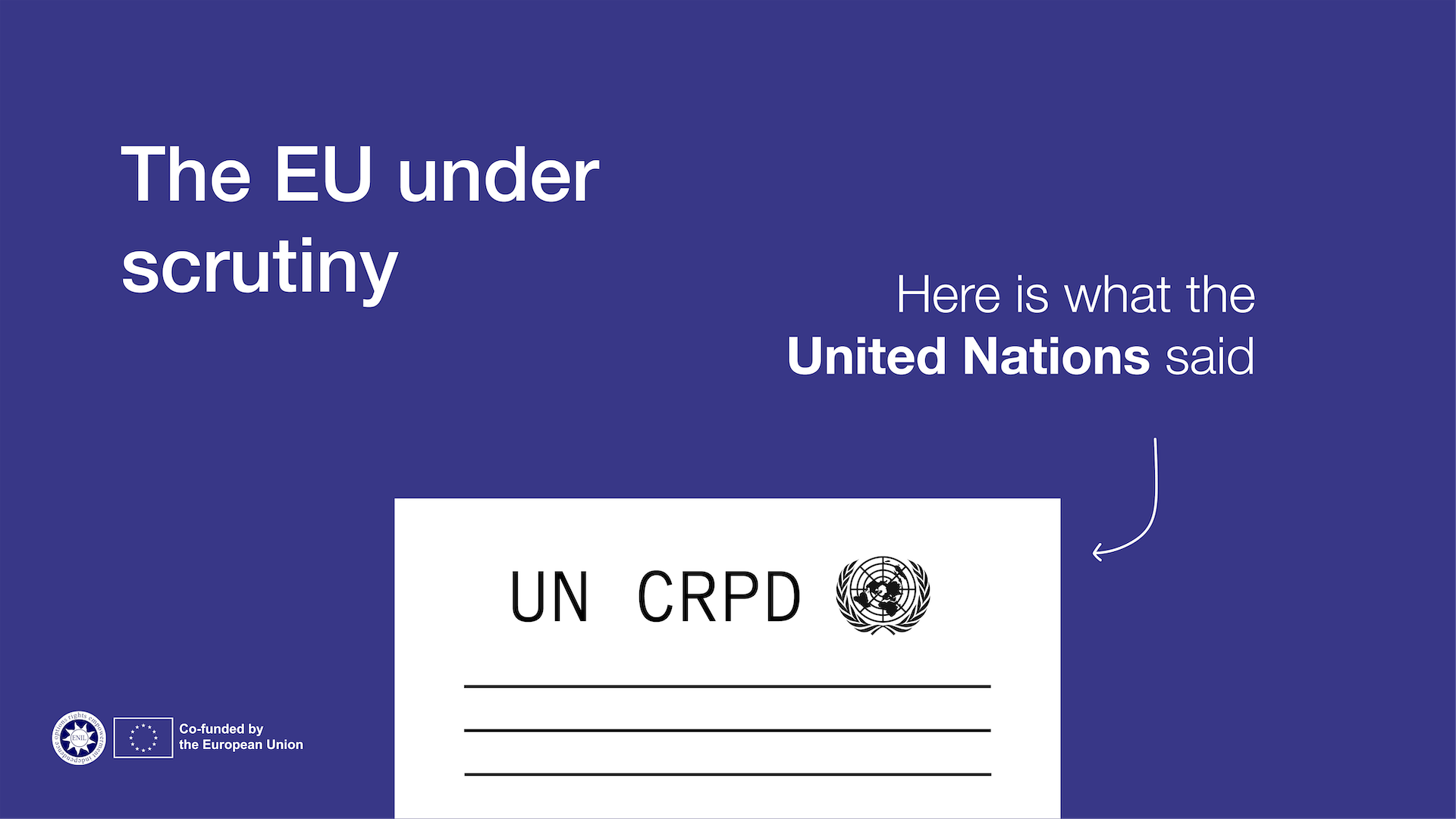In October 2017, 8 EU Member States (Belgium, Cyprus, Estonia, Finland, Italy, Malta, Romania and Slovenia) joined the pilot project of the European Disability Card (EDC). The goal of the European Disability Card is to start developing a system of mutual recognition of disability in the EU, to make it easier for disabled people in the EU to access reductions and other benefits in the culture and sports sector. Yet, four months after its launch, the practical use of the EDC is still very limited.
What is the European Disability Card (EDC)?
The European Disability Card is a card the result of a European project, in which EU Member States can participate on a voluntary basis. Currently 8 EU Member States (Belgium, Cyprus, Estonia, Finland, Italy, Malta, Romania and Slovenia) are part of the pilot project.
EDC serves as a proof that an individual has a recognized disability status in their country of origin. Currently, the main focus of the card is to make it easier for people to access disability related services and reductions in the cultural and sports activities in the different participating Member States.
Who can get an EDC?
Citizens with a recognised disability status in one of the participating Member States.
How can I get an EDC
By contacting the government agency responsible for disability in your home country or region (provided that you have the nationality of or recognition of your disability in one of the participating Member States). Here you can find links to the specific webpages on the disability card for each of the 8 participating countries: http://ec.europa.eu/social/main.jsp?catId=1139&langId=en.
Where can I use an EDC?
As described above one of the main aims of the card is to facilitate access to sports and cultural activities. However, providers of these activities can voluntarily choose whether or not to join the EDC system. As a consequence, it is very difficult to know where you can use the card. For instance, on the Belgian EDC website you can find a short list of partners which agreed to accept the EDC. Nevertheless, at the top of the webpage it is recommended to contact the customer service of the activity you want to attend before going, because the list of partners is incomplete and the advantages offered are subject to change.
Because of its voluntary nature, the advantages the card offers are different in each of the 8 current countries. In Belgium, the use is limited to culture and sports, while in Cyprus you can also use it for transport and in Malta even for clothing and cosmetics.
Will the card improve the freedom of movement for disabled people in the EU?
Improving the freedom of movement is certainly one of the theoretical goals of the card. However, the impact in practice is still very small, for the following reasons:
First of all, there is also no obligation to give EDC holders the same reductions or benefits as national citizens.
Secondly, there is also no uniform model of the EDC. When joining the system, countries can choose between 2 versions of the disability card, one with and one without the letter A in the right-hand corner. The cards with the letter A also grant reductions and other benefits to Assistants of a disabled person, the cards without the A do not. It will inevitably lead to confusion, when a person from a country which has the letter A (Italy) wants to use the card in a country which does not have the letter A (Belgium) or vice versa.
Finally, the card is not an EU recognition of disability status, only a confirmation that you are recognized as disabled in your own country. If you lose your EDC in another participating Member State, you cannot apply for a new card there, but would have to go back to your home country to apply.
Will the EDC make life easier for disabled people?
As the card is still in the start-up phase, it is probably too early to tell. In order to get a first indication, I did a little experiment with my EDC in Belgium, which you can find below:
The application for the European Disability Card was very easy. I just had to send an email to the disability service with my name and national registry number and the card was sent to my home address.
Shortly after receiving my EDC, I got a message from my home region that I had to renew my regional pass for reductions to cultural activities. So, I called the regional service to ask if I could use the EDC from now on, instead of the regional pass, as this would simplify things for me and reduce the number of cards I have to keep in my wallet. Unfortunately, they recommended to keep both cards, as the regional pass grants free entrance for a PA, but does not give any reductions for me personally, while the EDC could potentially provide other reductions for me, but will not apply to my PA.
After this first set back, I decided to try it the other way around. I looked through the list of partners on the Belgian EDC website and saw that a theatre where I sometimes go to watch plays was listed as a partner. I called the theatre and asked if I could get the same reduction I usually get for me and my PA with the European Disability Card. The person on the phone was not aware of the EDC and the colleague who usually dealt with questions in the area recently retired. So, once again, the advice was to keep my regional disability pass.
After establishing that the EDC wouldn’t be of great use to me yet in Belgium, I thought let’s try to use it for travel. I went to the Estonian EDC website and browsed trough the different possible reductions for hotels. I noticed to my surprise that I could indicate if I was looking for EDC benefits for Estonians or foreigners. In the end, I randomly called one of the listed hotels and I was not really surprised to find out that, while their hotel was accessible to wheelchairs, they had never heard of a European Disability Card.
Should I apply for an EDC?
As described above, the practical use of an EDC is still very limited. Nevertheless, I would suggest applying for the card. The application process is very simple and, while the card is not officially recognised in many countries or places, it could be used to bluff your way to reductions or common accessibility services on, for example, public transport.
In the long run, the EDC can be a first step in harmonizing disability recognition in the EU. Almost all Member States have ratified the UN CRPD, so should converge towards a similar view on disability. Once disabled people in different EU countries start using the EDC and more Member States join the system, the EDC has the potential to become a mutually accepted proof of disability, similar to the EU Parking Card or the EU Health Insurance Card.
Written by Frank Sioen, ENIL’s Advocacy Officer


